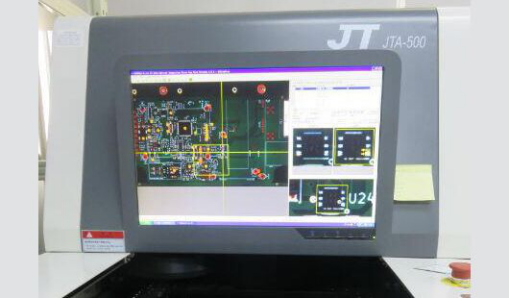Automatic Optical Inspection AOI system.
Before we jump into the description of Automatic Optical Inspection (AOI) machine, let us understand what an optical inspection system is in the industry. Automated Optical inspection system Malaysia plays a vital role in optics manufacturing to maintain and check the quality of optics, such as inspecting optics surface scratches and excavations based on various parameters.
Inspection can either be done by a person, known as a manual inspection, or an optical inspection machine. Physical inspection is completed by using the human’s eye or by using aids such as single lens magnifiers, optical comparators and optical microscopes. However, using these tools requires moving the optics around which increases the potential for damage to the optics and cannot quantitatively detect defects.
Thus, the judgement varies between different inspectors.
What is Automated Optical Inspection?
Automated optical inspection (AOI) is a machine-based technique commonly used in the manufacturing industry of optics. It is used to observe and certify optics such as flat, curved, coated and coated with various materials. Flat optics includes windows, mirrors, etc., while curved optics includes lenses with different curvatures.
AOI uses smart thermometer Malaysia optics to capture images to evaluate for potential defects such as dimensional defects and surface defects (such as excavations, scratches, edge chips, bubbles, stains, impingement defects, etc.). Provides fast and exact inspection to ensure that the product is of high quality without any manufacturing defects.
AOI Machine Vs. Traditional Manual Human Inspection
Efficiency
Humans are prone to fatigue and need periodic breaks and rest during observation. Each worker can only check one product at a time, and this reduces the efficiency of the whole process. With the market now having higher production demands, and products becoming more and more small, manual inspection is no longer a viable option.
Consistency
When fatigue starts, humans cannot maintain continuity for a long time and it will also affect the efficiency of the inspection process. Studies have shown that human observers are not able to maintain high levels of error-trapping for long periods. An inspector’s error-trapping ability is greatly reduced within 15 minutes of work commencement. The complexity of the task and the time of day will affect the number of errors made.
Cost
Manual inspection incurs high labor cost as it usually requires multiple inspectors at a time. Studies have shown that one operating staff and one machine can replace 5 human inspectors, saving a huge amount over time. The more production produced, the more manpower and money saved.
Conclusion
Overall, in this article, we have covered AOI machine basic information, advantages and disadvantages of human and automatic optical inspection, and the differences between the different AOI machines we offer. There is no doubt that due to rapid technology development that machines are replacing human jobs, leading to more benefits such as greater efficiency and lower operating costs, some parts of the optical inspection process still require humans such as The operations and machines are being well maintained.
With the invention of such technology, machine operators are able to acquire new skills to increase the productivity of the company in other areas.













Comments